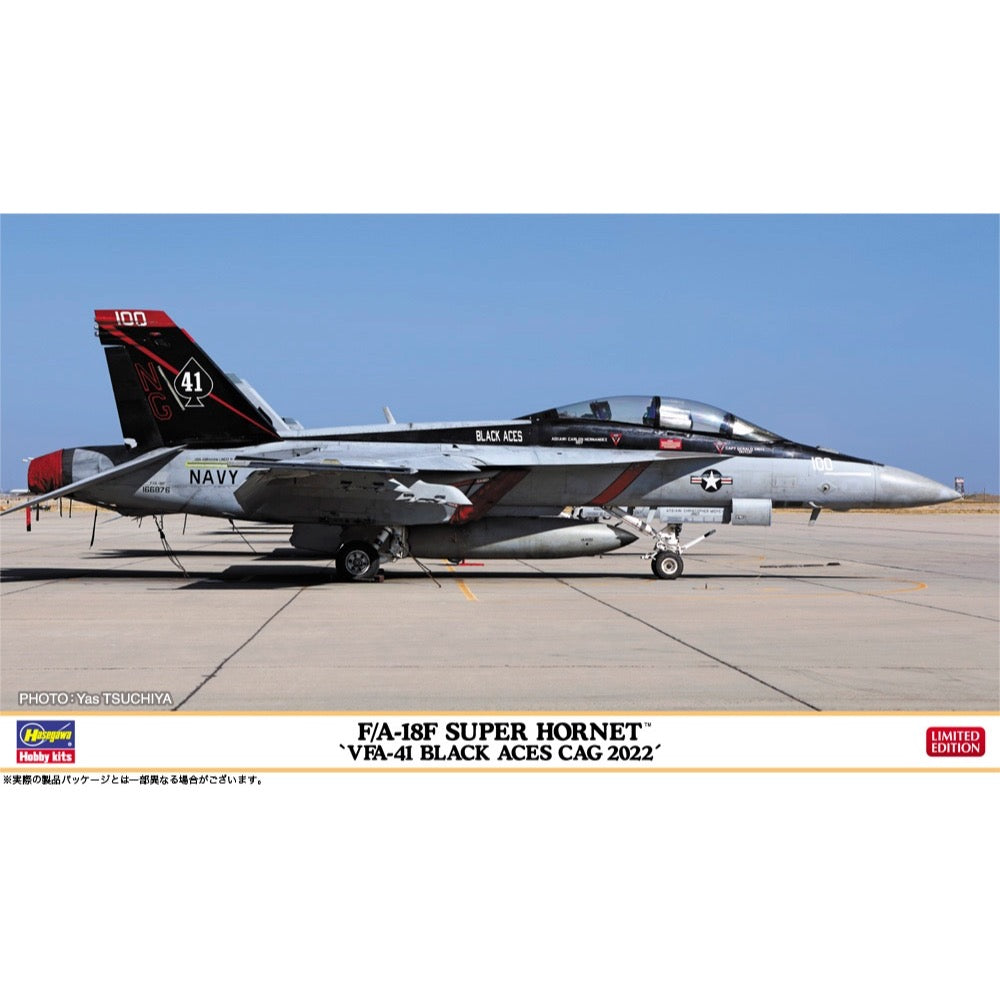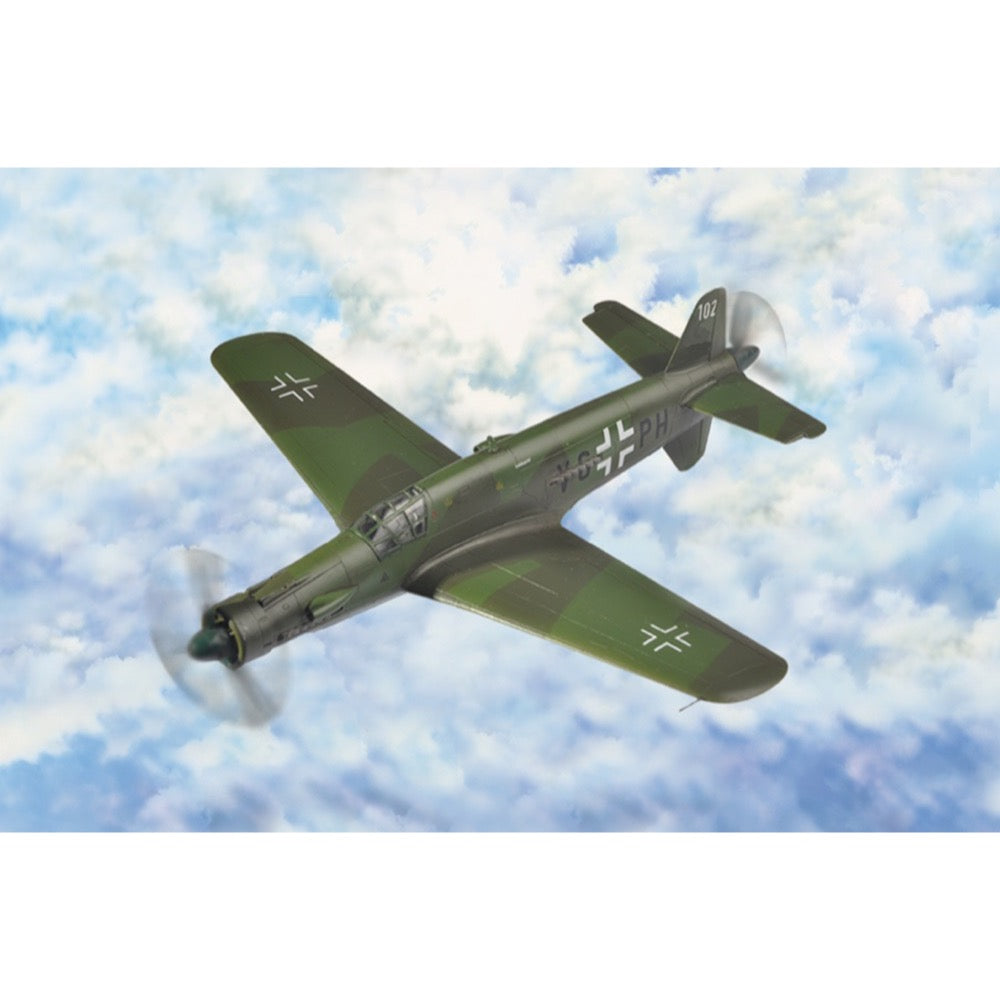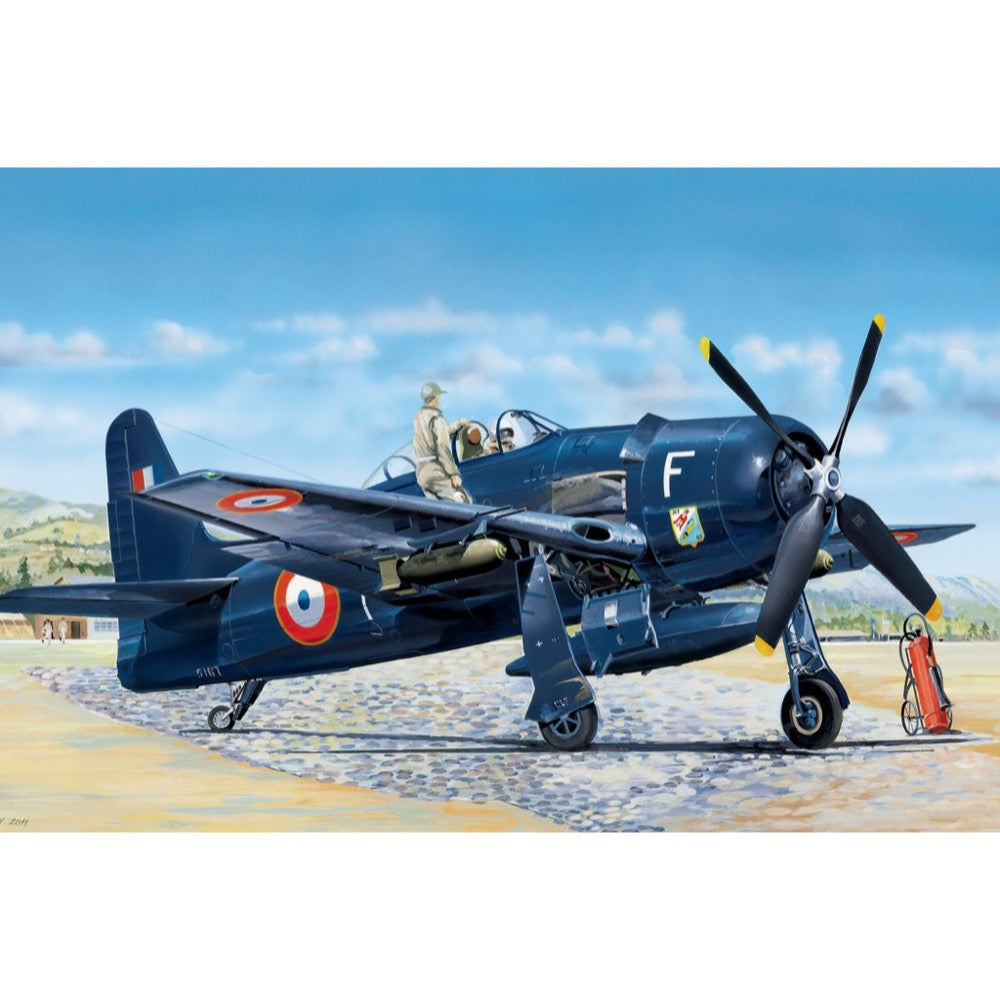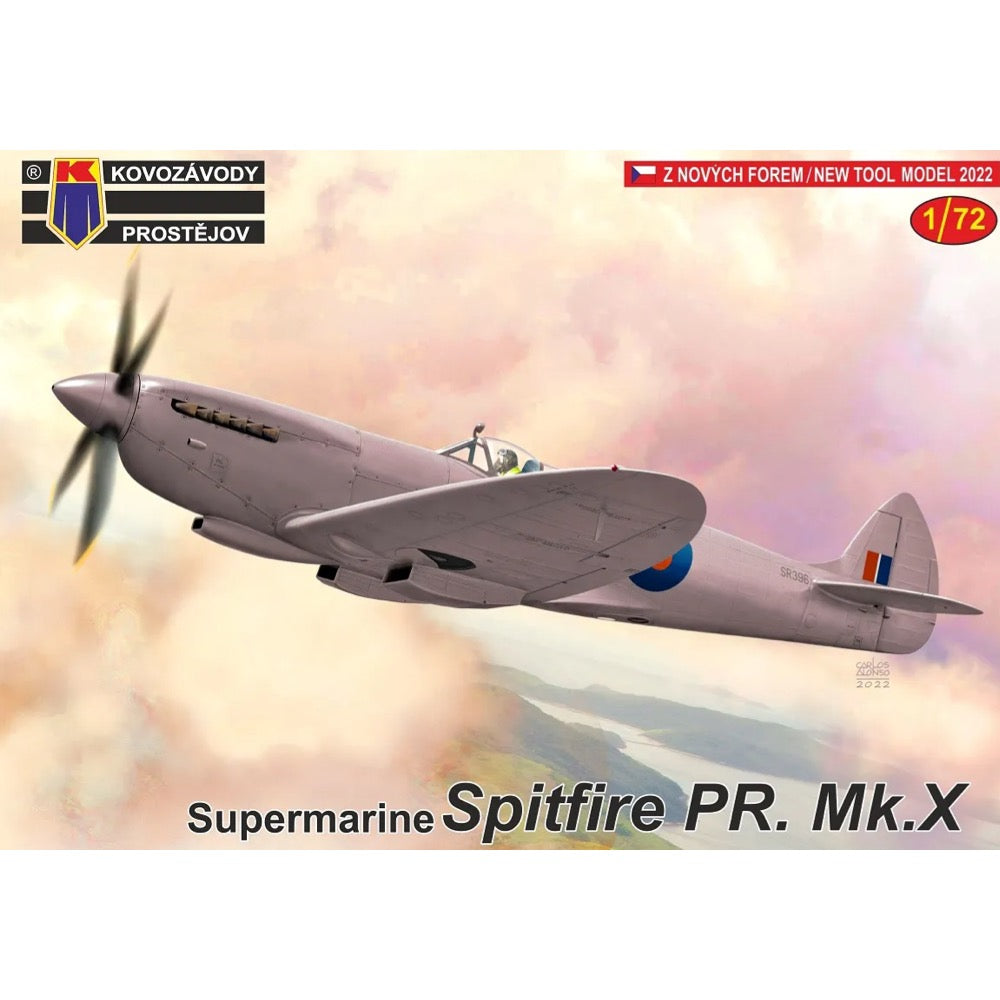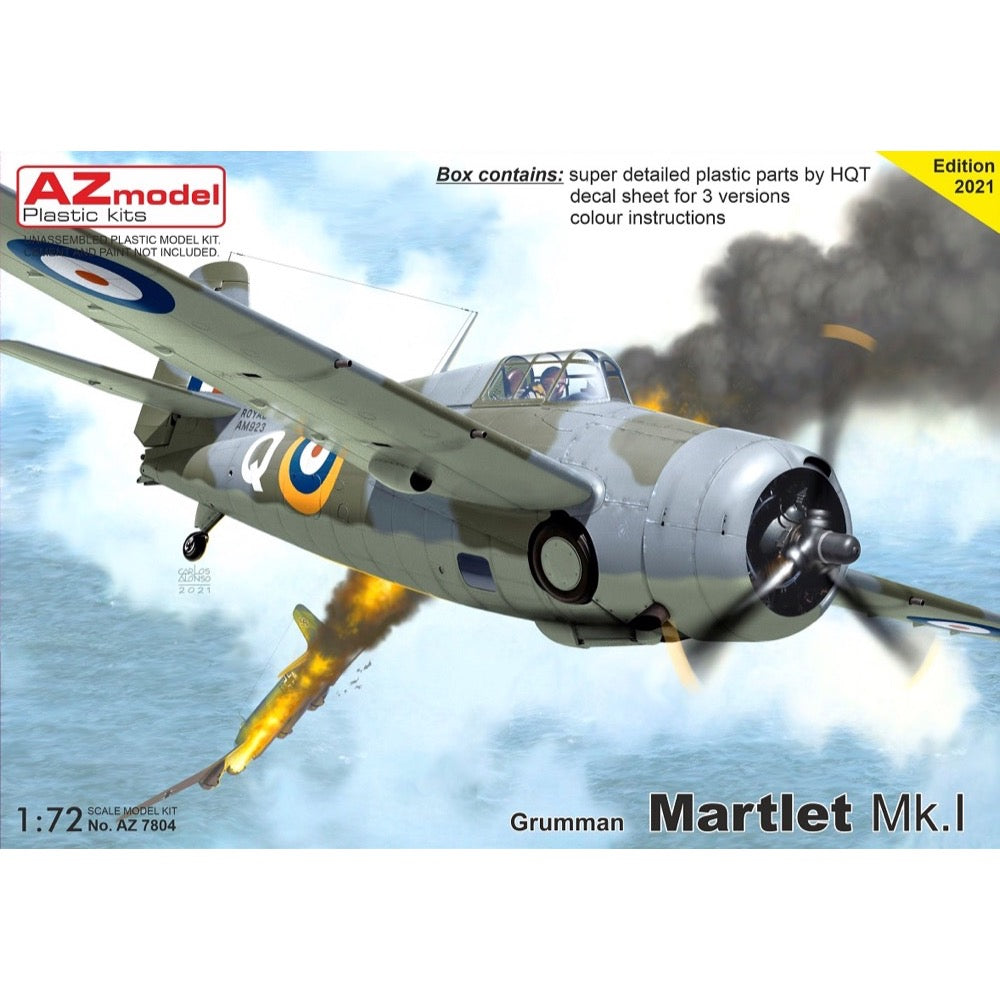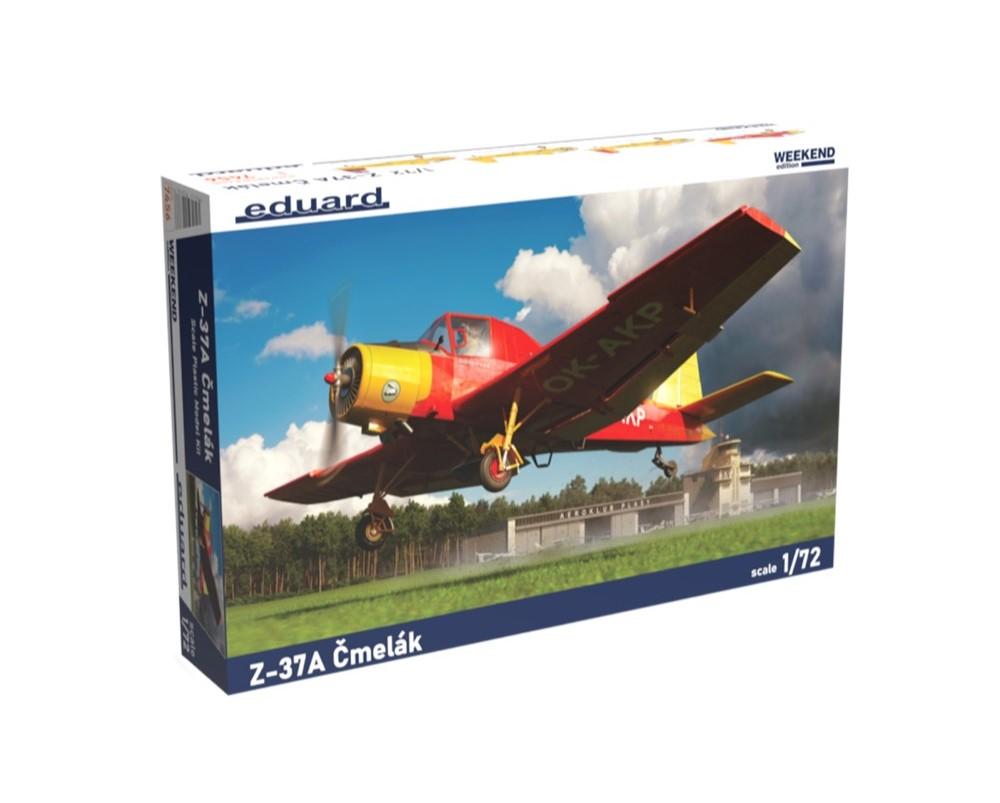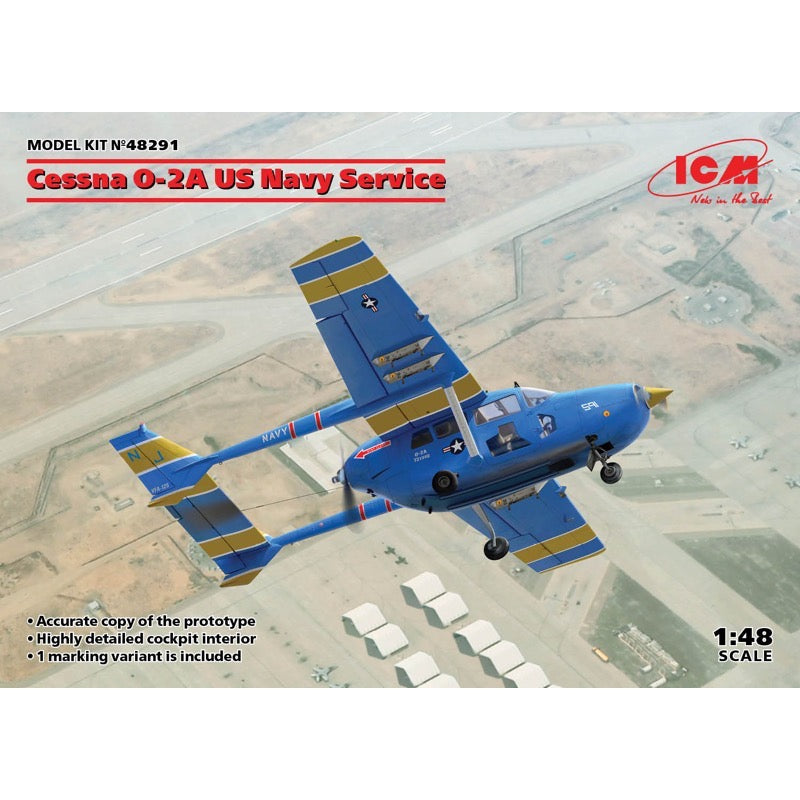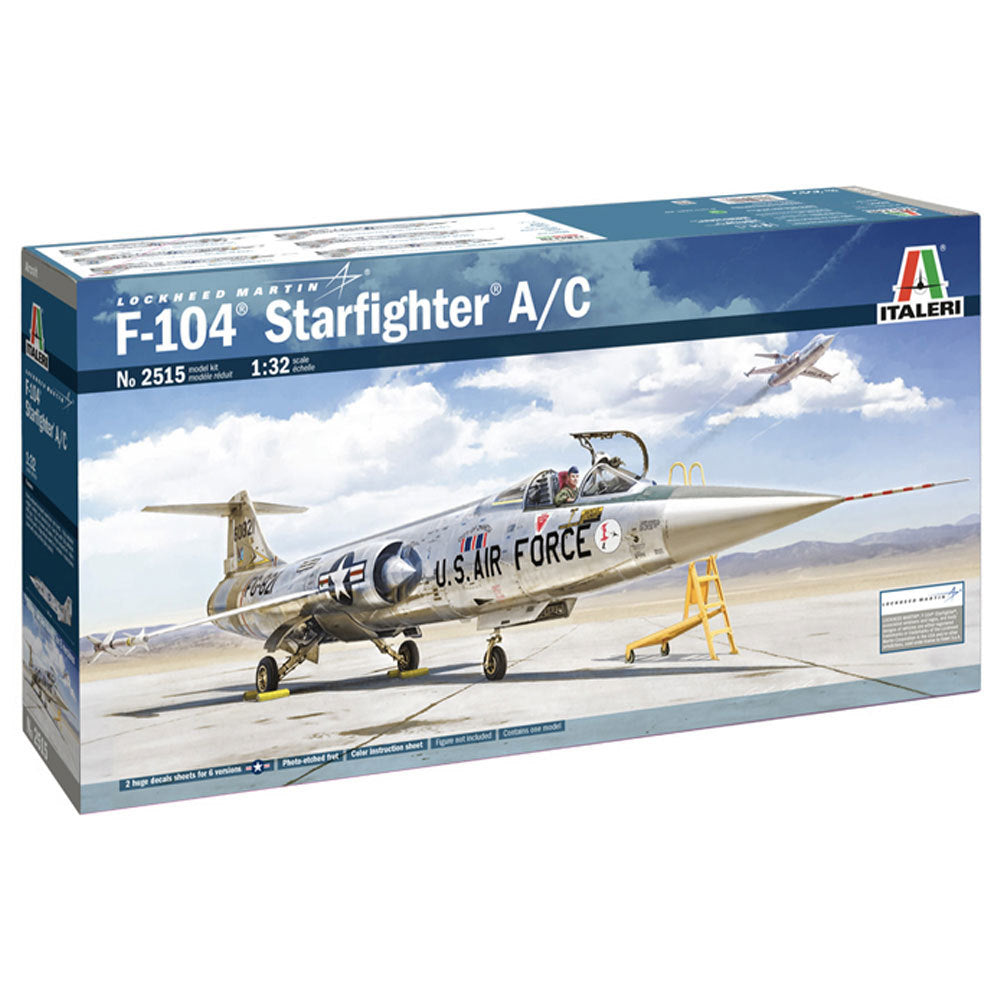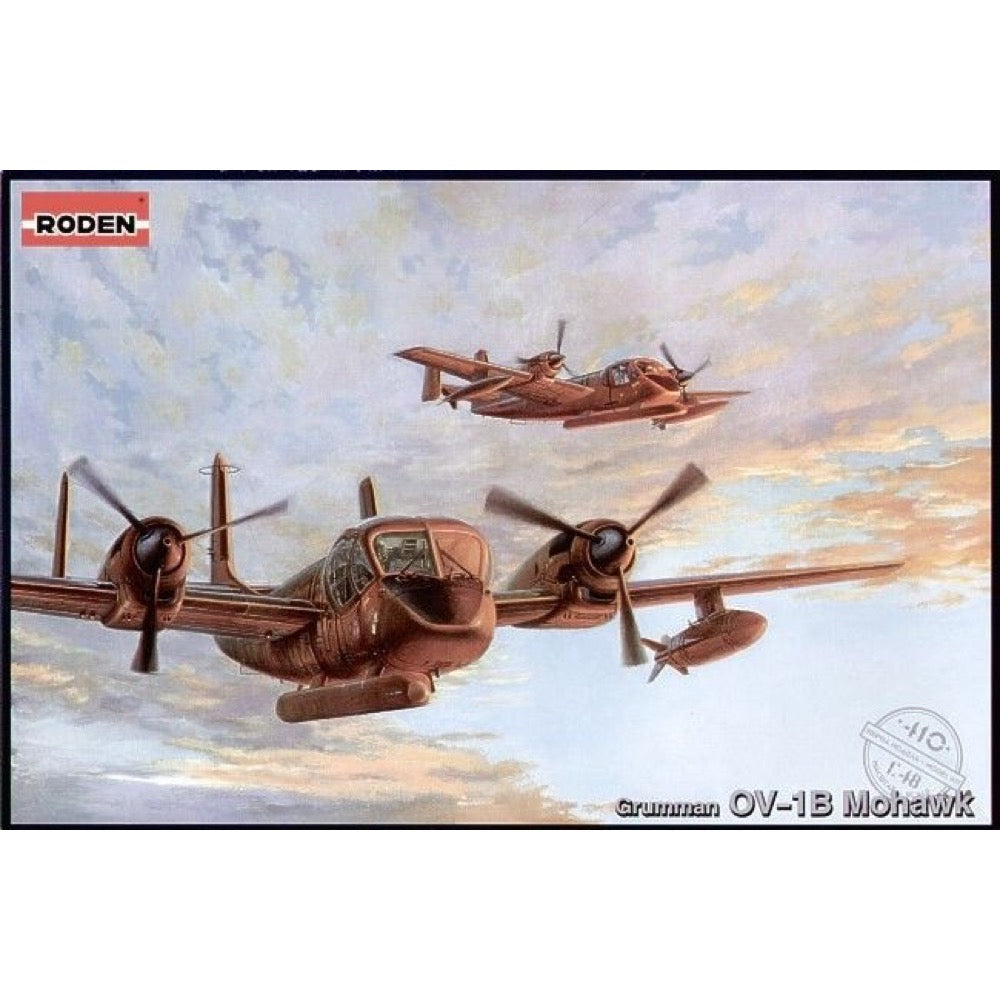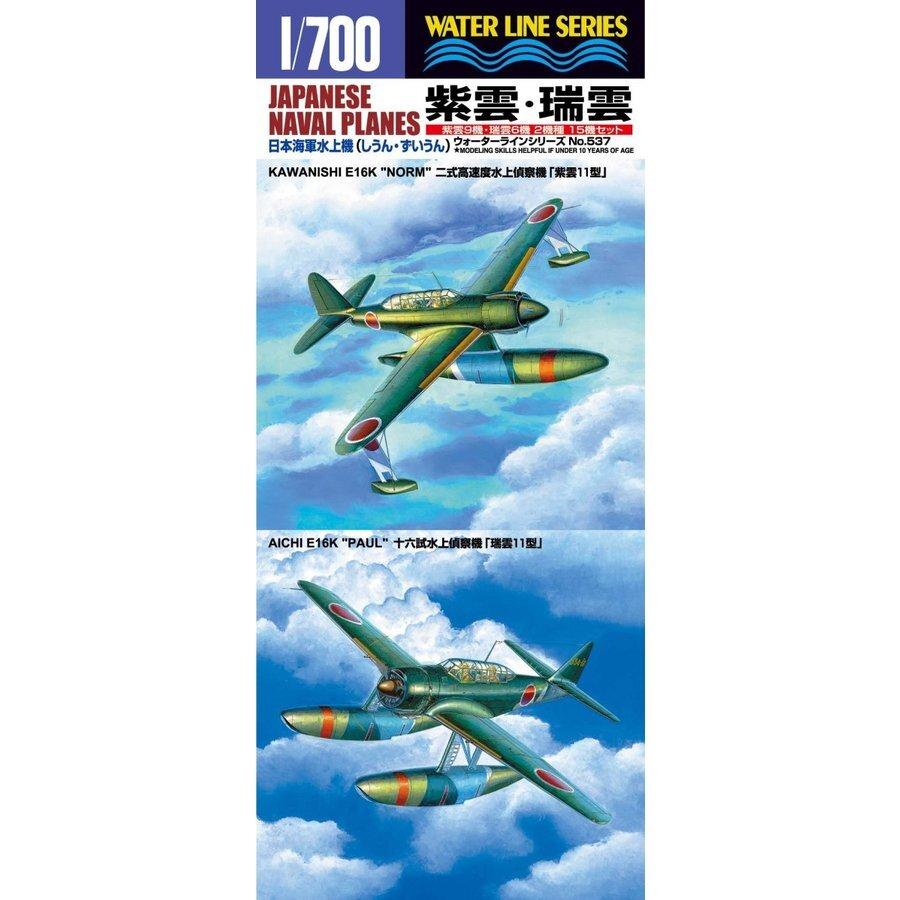
Aoshima A004590 1/700 I.J.N. Seaplane E15K1 E16A1
9.00
$
<p>Very often, the date of birth of naval aviation in the Imperial Japanese Navy (IJN for short, Japanese Nippon Kaigun) is March 16, 1923, when Lieutenant Sunishi Kira landed in his plane on board the Hosho aircraft carrier, which, moreover, entered service a year earlier (1922). It should be added, however, that in the course of the 1920s, many Japanese naval officers saw aircraft carriers as supporters of battleships and battleships, bearing in mind the great success of Admiral Heihachiro Togo at Tsushima in 1905. The technical level of the then Japanese on-board aircraft was also not the highest. However, this state of affairs began to change in the 30s of the 20th century, among others, due to the later Admiral Isoroku Yamamoto, who perceived the main weapon in the naval war in aircraft carriers. He was a strong supporter of the development of Japanese on-board aviation, which translated into the construction or modernization of such ships as Kaga, Akagi, Hiryu, Soryu and Zuikaku. Also, Japanese aviation structures not only reached the world leaders, but began to set standards in them, including the famous Mitsubishi A6M Zeke fighter or the Nakajima B5N Kate torpedo plane. This intense development led to the fact that when the war in the Pacific broke out, the IJN had 10 aircraft carriers, on which over 500 on-board machines were based, with well-trained crews. The first months of struggle in the Pacific showed how dangerous this weapon was. It should be remembered, however, that already during that war, the IJN had considerable problems, for example, to replace the A6M Zeke plane on a mass scale or to introduce a successful B5N successor to the line, i.e. the B6N Tenzen torpedo plane. Also, the process of training sea pilots turned out to be flawed and was distanced by the solutions used in the US Navy.</p>
<p>A set of 1/700-scale plane models for use with ship models or dioramas. Includes 9 Kawanishi E16K Shiun "Norm" and 6 Aichi E16A Zuiun "Paul" floatplanes.</p>
<p>This is an injection-plastic aircraft model kit.</p>
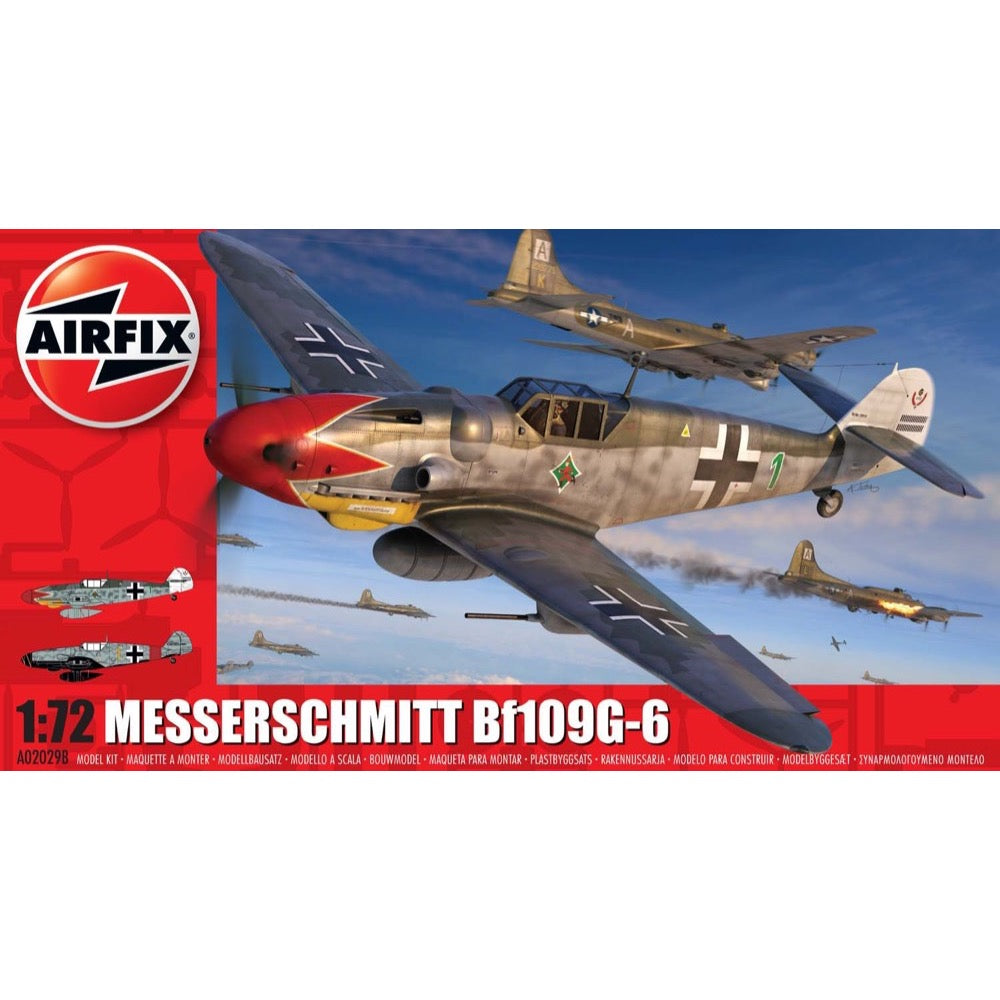
Airfix A02029B 1/72 Messerschmitt Bf109G-6
10.00
$
<p>One of the finest fighting aeroplanes in military history, the Messerschmitt Bf 109 series was developed continually throughout the Second World War, with the 'Gustav' being the last major variant and the one most heavily produced. </p>
<p>Flown by many of the Luftwaffe's most proficient aces, the 109G was adapted to perform a variety of operational roles and was heavily deployed against the huge USAAF daylight bombing raids which were sent against targets deep into Europe.</p>
<h4>Includes</h4>
<ul>
<li>Sprues</li>
<li>Decals</li>
</ul>
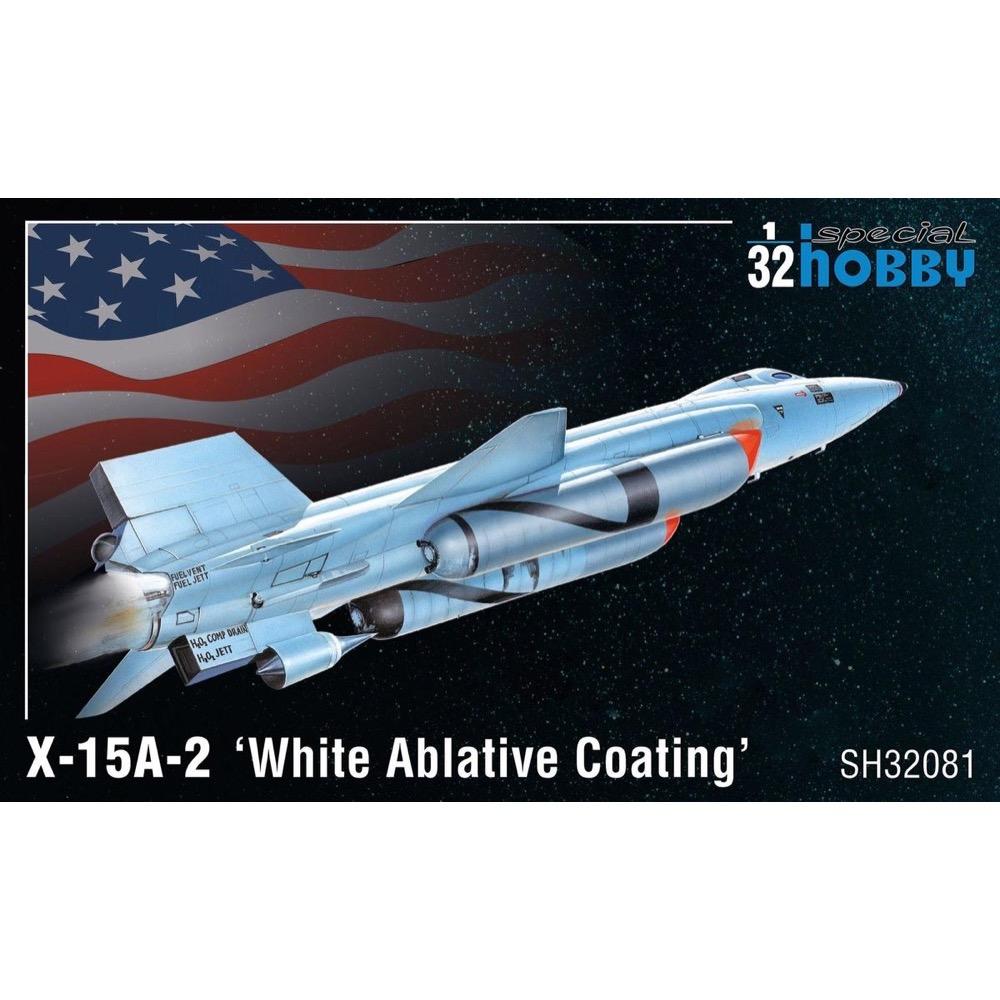
Special Hobby 32081 1/32 North American X-15A-2 White Ablative Coating
50.00
$
<h3>X-15A-2 White Ablative Coating</h3><p>Model of a 1960s hypersonic aircraft which, until today, holds the world’s speed record for the fastest manned plane. It was also the first aircraft to reach the altitude regarded as the boundary between the earth atmosphere and the outer space. Knowledge gained during the development of the X-15 and the test flights was substantial for the Apollo programme and aero and space research.This reissued plastic model kit offers the X-15A-2 as it looked before its final flight when W.J. ‘Pete’ Knight reached the world speed record. The kit can be built on the transport cart or even put on a stand in a flight configuration with the dummy ram jet under the fin. The kit contains finely detailed resin parts including the ram jet, photo etches, plastic stand and a decal sheet with markings for the plane wearing the white ablative coating.</p>


